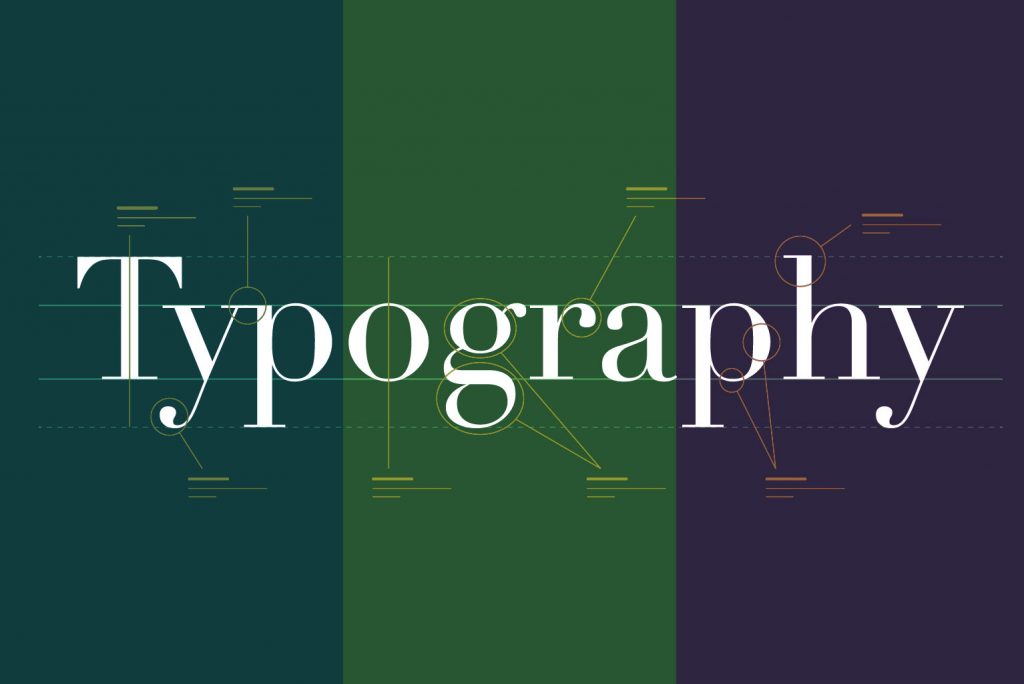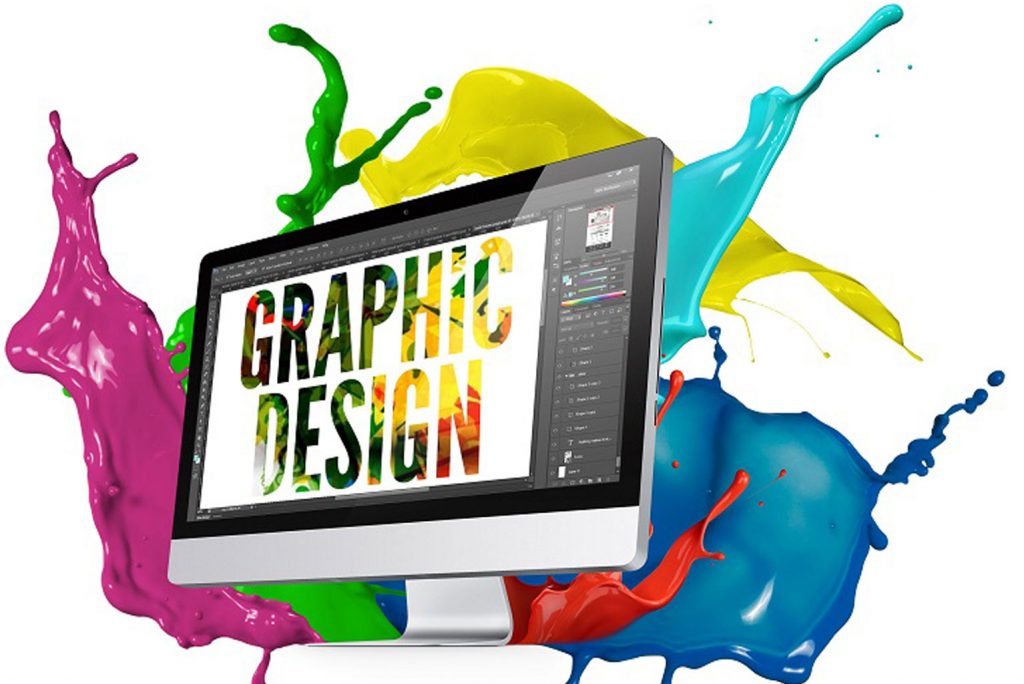Typography is the art and technique of arranging type to make written language legible, readable, and appealing when displayed. Typography plays a crucial role in web design as it affects the readability and aesthetics of the content presented on a website. Good typography can enhance the user experience and the overall impact of the design. Therefore, it is crucial for web designers to pay attention to typography when designing a website.
Today, we offer some reasons why typography is important in web design:
Readability and legibility. Typography can either make or break the readability and legibility of a website. The choice of font, font size, and line spacing affects how easy it is to read and understand the content. For example, using a small font size, cramped lines, or poor contrast between the text and background can make it difficult for users to read the content. On the other hand, a well-designed typography with appropriate font size, line height, and contrast can improve the readability and legibility of the content.
Brand identity. Typography is an essential element of brand identity. It can create a strong brand recognition and differentiate a website from others. A consistent use of typography across the website can create a cohesive and professional look that reinforces the brand image. Choosing the right typography that aligns with the brand’s personality and values can help establish a strong brand identity.
User experience. The typography can greatly affect the user experience of a website. A well-designed typography can enhance the user experience by providing a clear hierarchy of information, guiding the user through the content, and making it easier to navigate. The use of appropriate font sizes, line spacing, and colors can create a visual hierarchy that highlights the most important information and makes it easy to scan the content.
Accessibility. Good typography is essential for creating an accessible website. Accessibility refers to designing websites that can be used by people with disabilities. For example, people with low vision may require larger font sizes, high contrast, and clear typography. Web designers must consider accessibility when choosing typography to ensure that the content is accessible to all users, regardless of their abilities.
A well-designed typography can enhance the readability, brand identity, user experience, and accessibility of a website. Web designers must pay attention to typography when designing a website and choose typography that aligns with the brand identity, enhances the user experience, and is accessible to all users.





